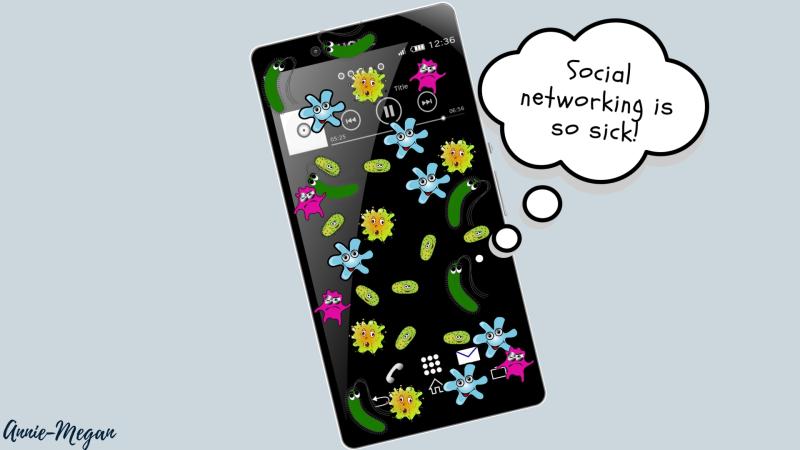
Today, a majority of us are glued to our smartphones. In the midst of swiping and scrolling through our social media applications, little would we know about an entire community that exists right at the tip of our fingers -- the social community of bacteria on our screen that is a ‘social network’ on its own!
We are coated in an armour of bacteria, inside and out. It shields us from the adversities of the environment around us. But not all of them though! There are certain bacteria which can unleash havoc in our body. Good or bad, have we ever questioned how a tiny, microscopic organism could create an ultimate showdown? Communication is the key. Bacteria interact using chemical signals, fancily described as ‘quorum sensing’. A single bacterium can execute nada, but together, they produce a signal known as Auto-Inducers or AIs. When these signals reach a critical concentration, they can construct biofilms like a dental plaque on our teeth, contribute to virulence in case of Pseudomonas aeruginosa that affects patients with less immunity or emit bioluminescence as seen in Vibrio fischeri found latched on to Hawaiian bobtail squids.
Quorum sensing has been extensively studied by Dr Bonnie Bassler and her team at the Princeton University, USA. The team has found that these conversations are not boisterous but private, aided by different molecules which help the bacteria to ‘talk’. Thus, intra-species specificity prevails, and every molecule has its specific receptor.
Bacteria is also a multilingual champion, possessing secondary molecules which helps them to contact neighbouring bacteria and in unison, they carry out different tasks and exhibit interspecies communication. For example, Streptococci, Actinomyces and Veillonella form a biofilm together and hamper the enamel of our teeth.
In times where bacteria have been showing resistance to conventional antibiotics, their mechanism of communication can hold secrets in eliminating them, believe scientists who have devised a way to disrupt their communication called ‘quorum quenching’. Besides, Dr Bassler’s team is also working on ‘beefing up the conversation’ by synthesising pro-quorum sensing molecules which could benefit us in a mutualistic way.





